We're only 25 years in, yet the 21st century has already yielded a remarkable crop of game-changing new models.
It might not seem like it to those of us of a certain age, but the turn of the 21st century happened quite a long time ago: 25 years, in fact which is, conveniently, the sort of nice rounded number we can use as an excuse for a spot of reflection. The past 25 years have given us a lot to look back on. When the 21st century began on 1 January 2001 (yes, we all celebrated the new millennium too early; look it up), SUVs weren't a thing, Ford had just bought Land Rover and Tesla had yet to be created because the idea of driving an EV remained a distant future fantasy.
Our goal here was to pick the 25 cars that have defined the first 25 years of the 21st century. Not the best, fastest or biggest-selling - instead, these are the most significant machines. We have picked one car for each year, and we set a rule that each brand can only feature once.
2001 Mini Hatch

Reinventing an icon is fraught: there will always be those who say the new one isn't 'proper'. When the Mini was revived under the auspices of BMW (but largely developed by what remained of MG Rover), some said it was too big, too expensive and not clever enough.
Today, 25 years on, it's clear that the modern Mini's direction as a small, fun-to-drive, retro-styled premium car was spot on. The concept is straightforward, but the Mini's brilliance rests on some clever engineering. VW's New Beetle was a Golf in drag; the Mini sat on its own platform, which allowed the designers and engineers to go to town on the styling and packaging and make it properly fun to drive.
2002 Porsche Cayenne
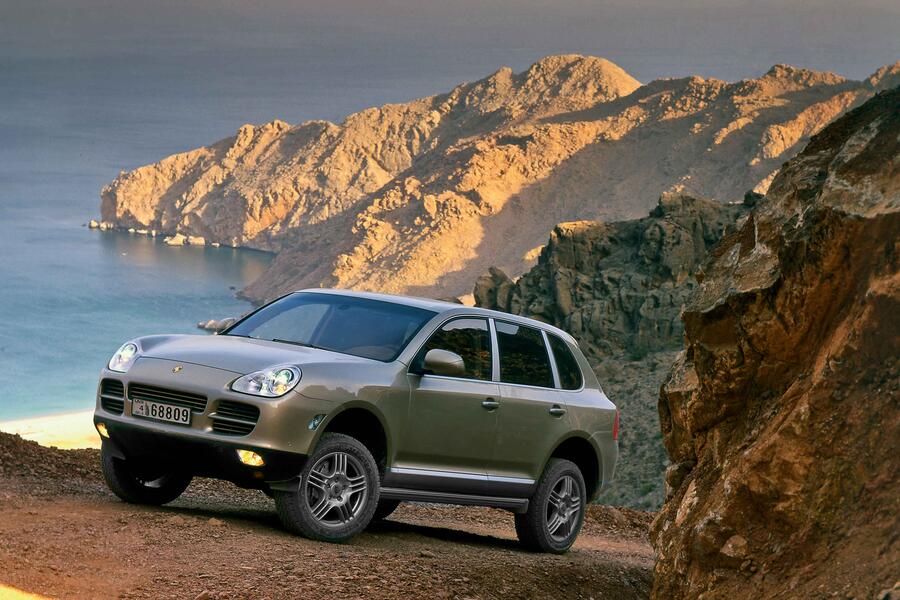
Before the Cayenne arrived in 2002, Porsche sold only sublime but not always profitable sports cars. The Boxster had rescued the firm from oblivion a few years prior, but in order to truly thrive, Porsche needed to diversify further. BMW's X5 proved a 4x4 could double as an executive express; Porsche set out to prove an SUV could also be a supercar. Enter the Cayenne. With up to 450bhp and 457lb ft from a twin-turbo V8 and a 0-62mph time in the mid-fives, the Cayenne was one of the fastest five-seaters of its day.
It could handle, too: trick diffs and power management electronics aided performance in corners, while the four-wheel drive system's hefty rear bias channelled the spirit of the 911. Its ride in town was good, there were three proper seats and a big boot in the back and it could follow a Discovery down off-road tracks. It was nothing short of a revolution. Today, the Cayenne consistently tops Porsche's global sales charts, and now there's an electric version around the corner to do it all again. Leave your prejudices at the door.

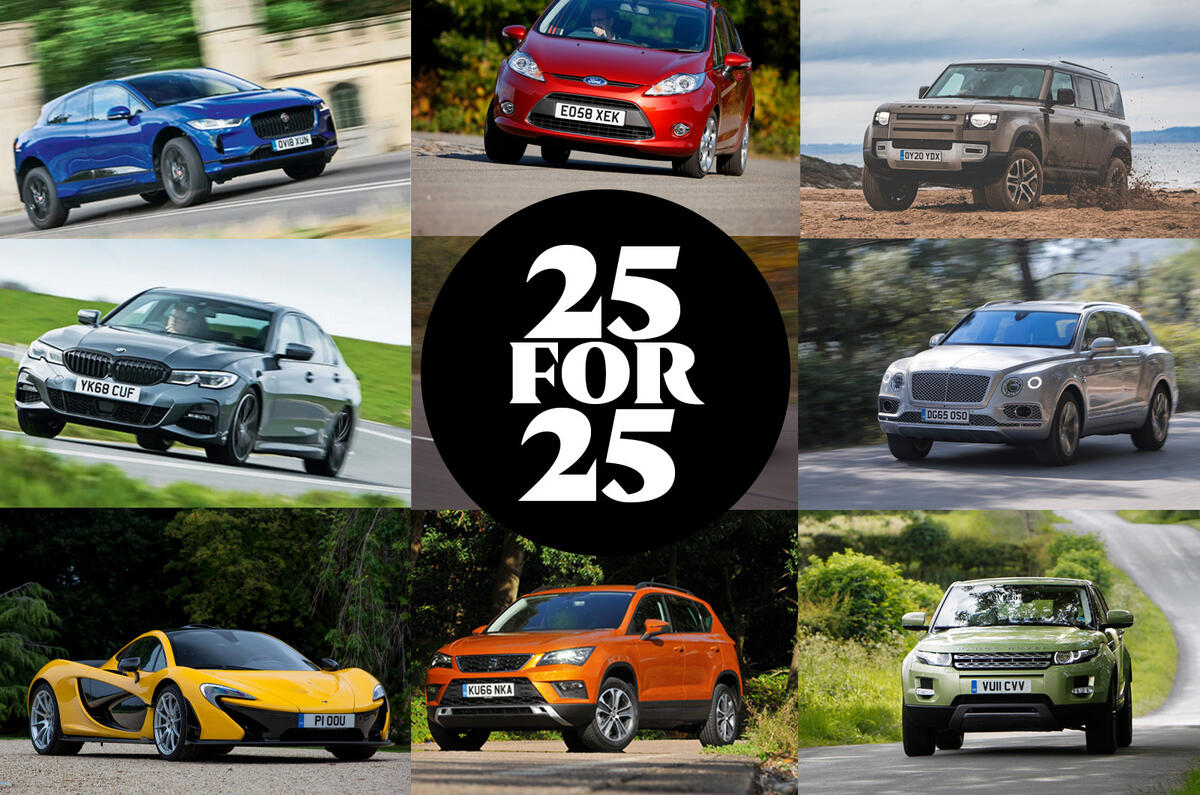

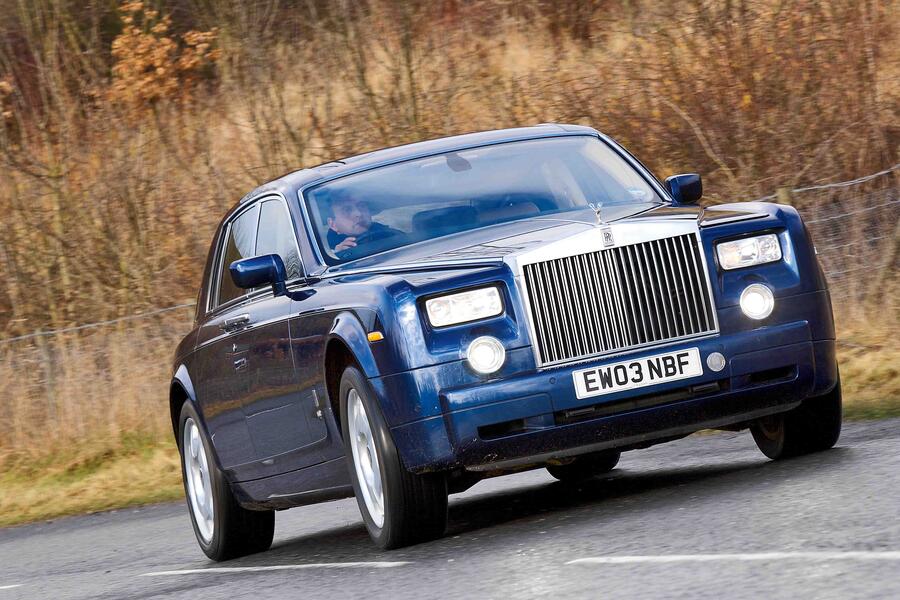

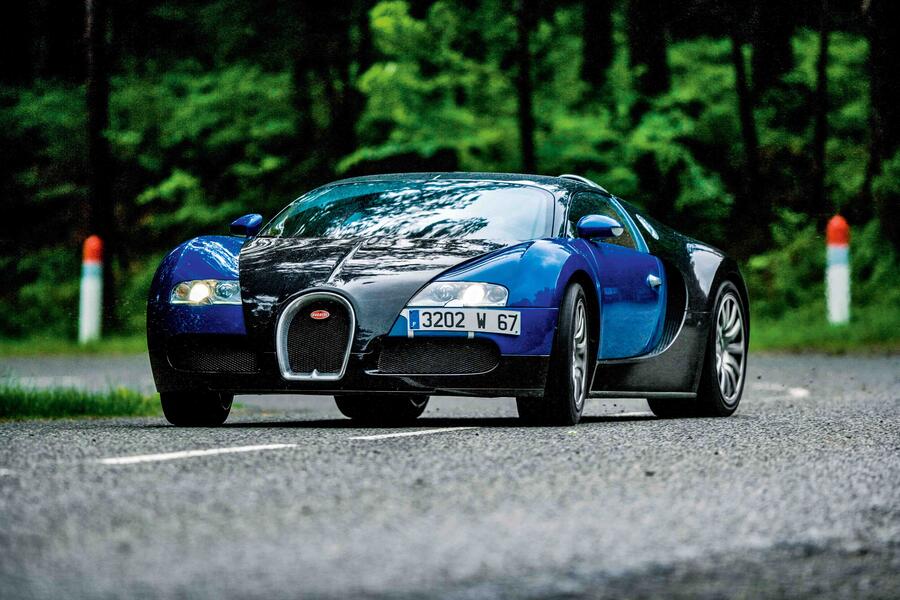


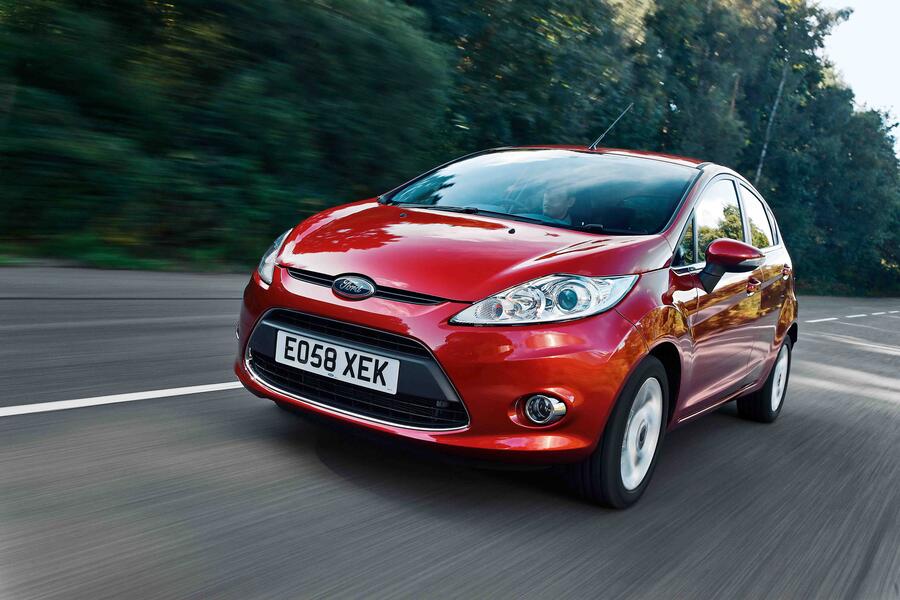
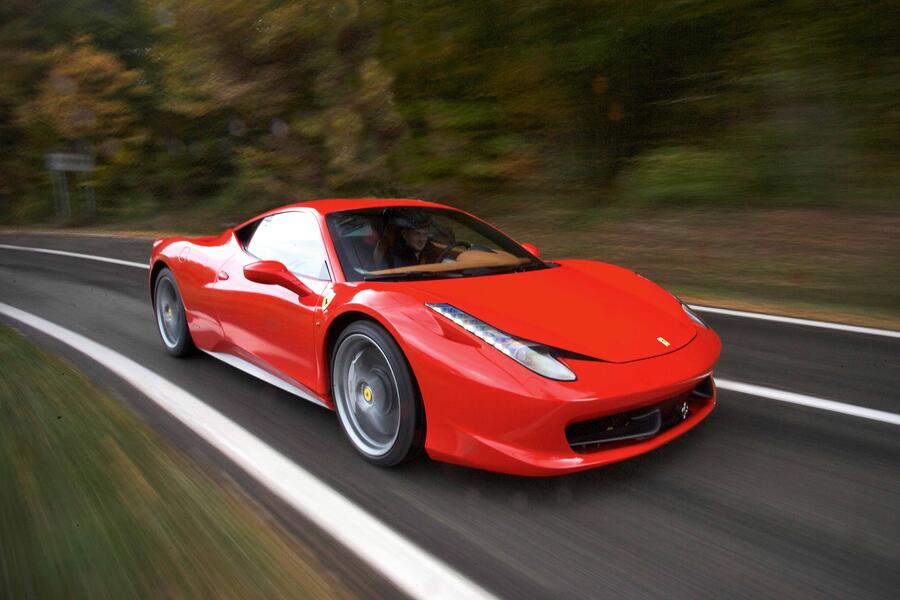
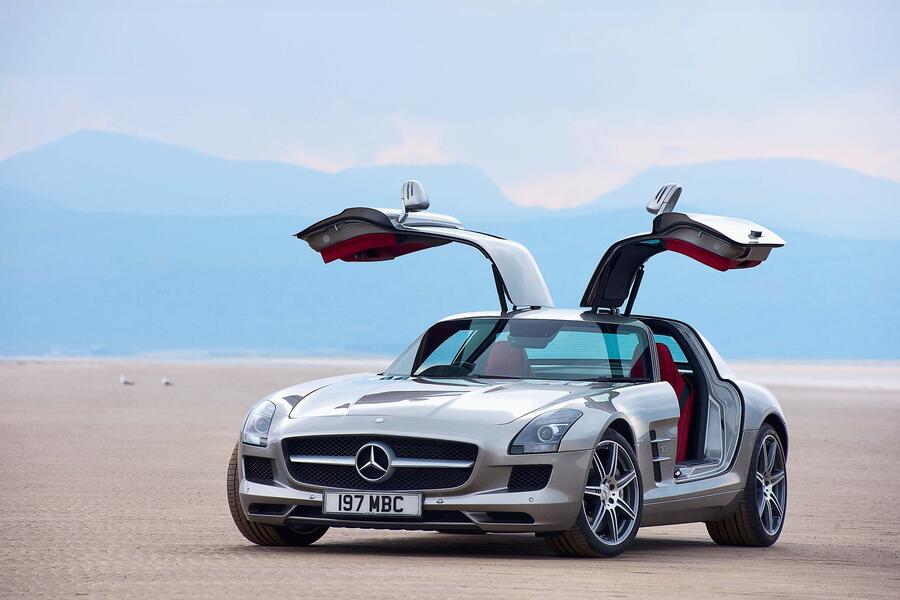
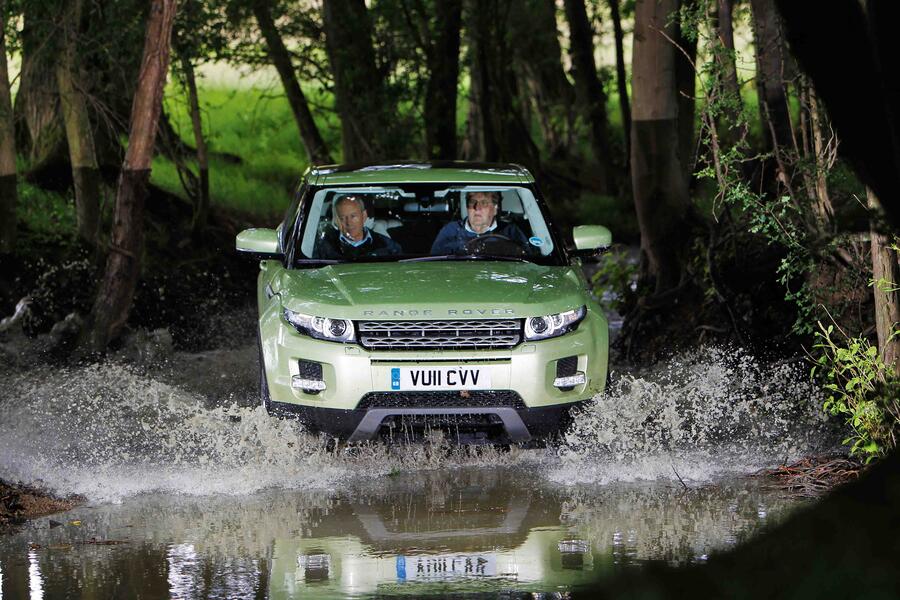
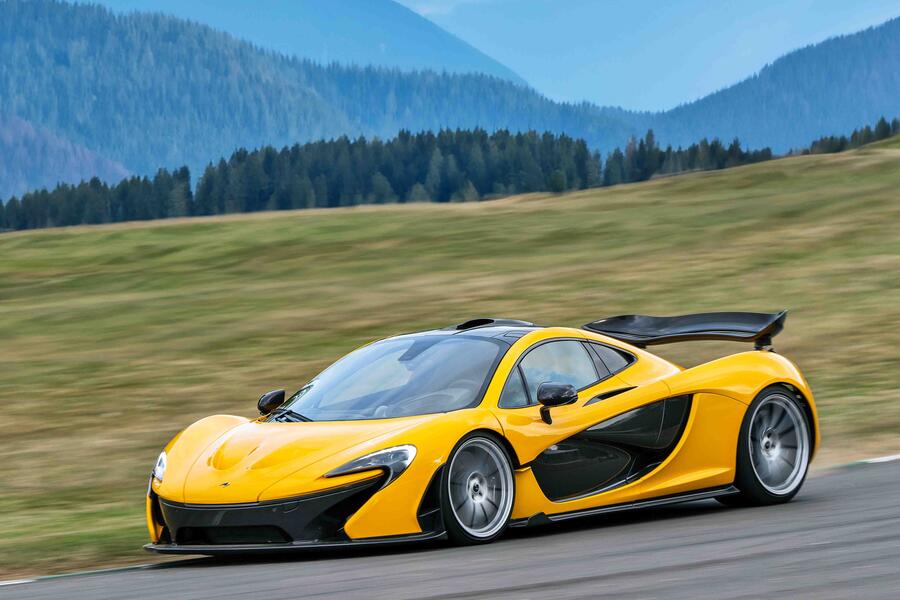

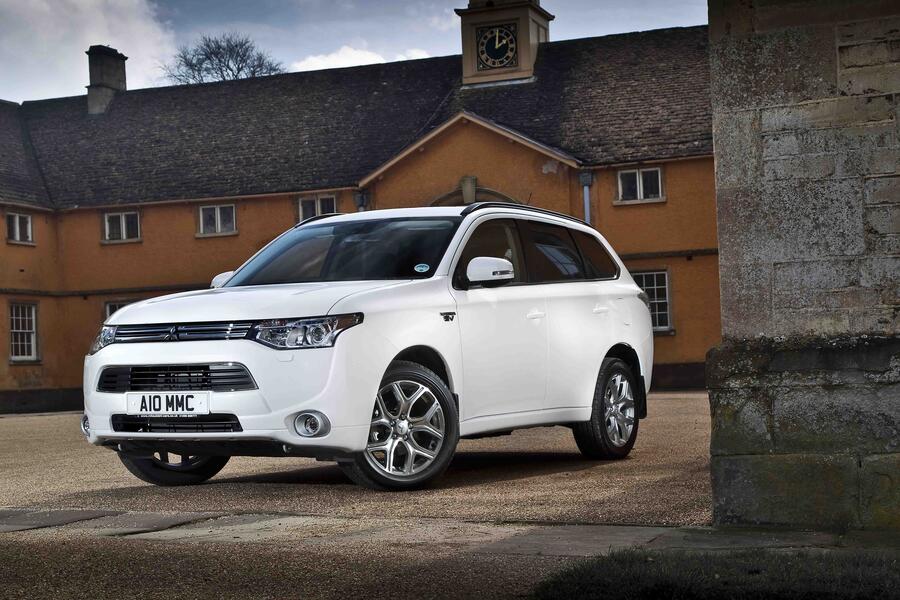
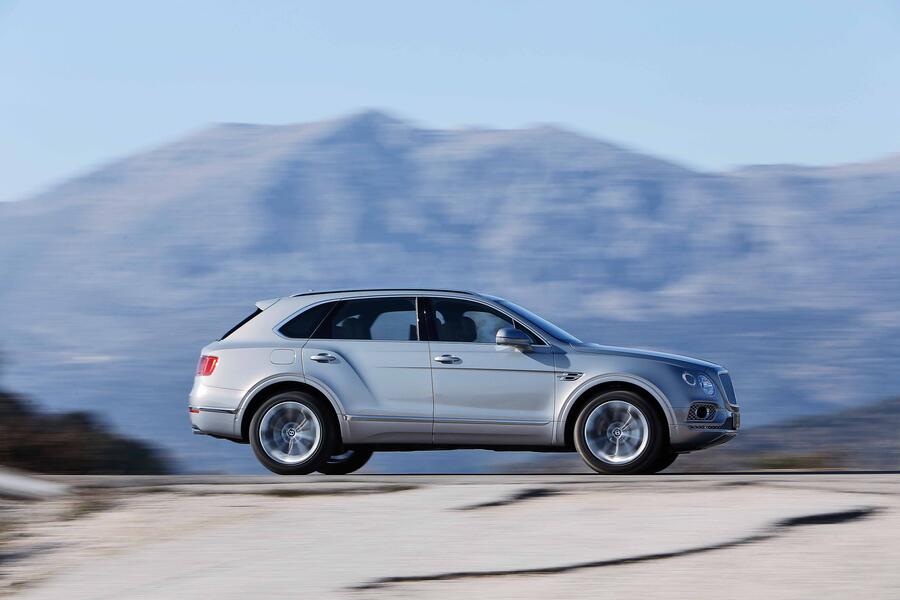
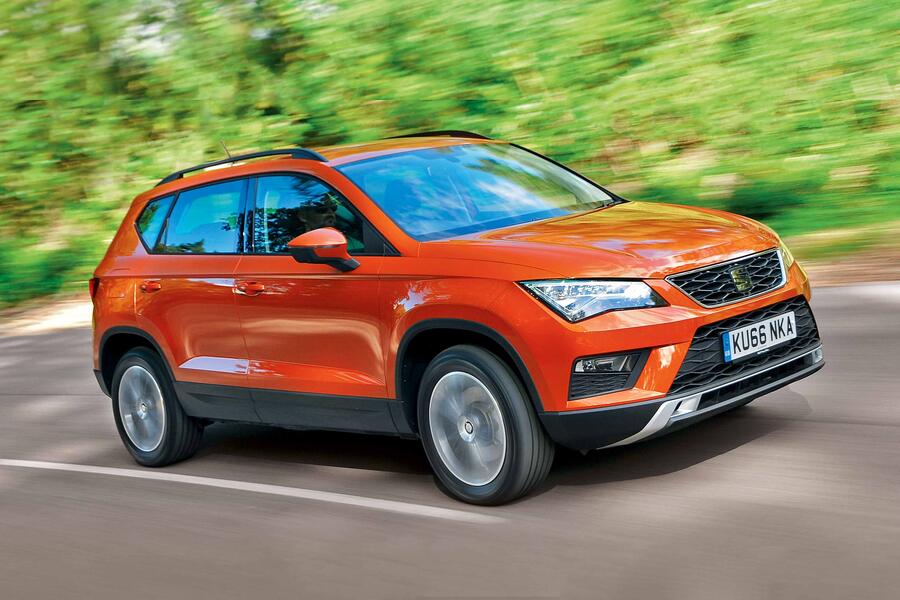
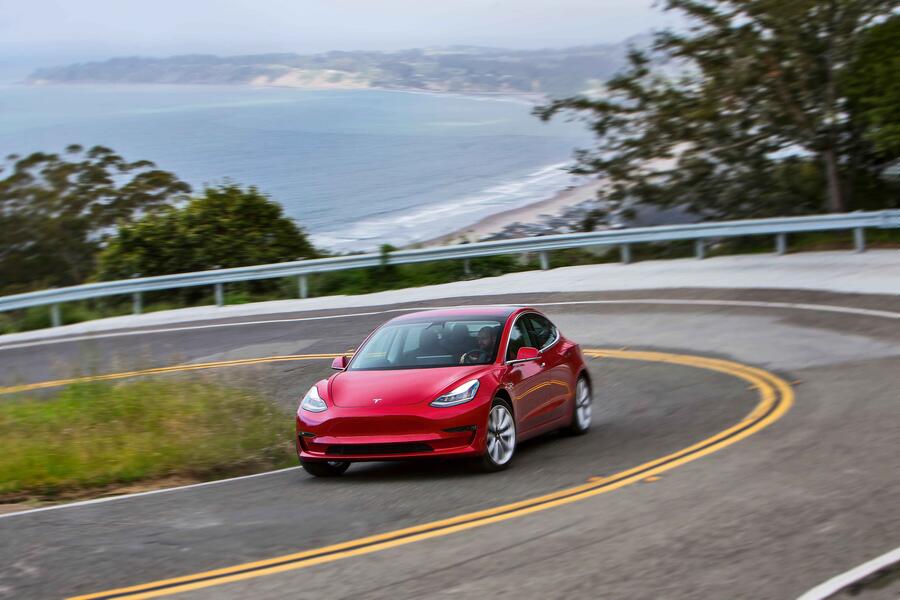

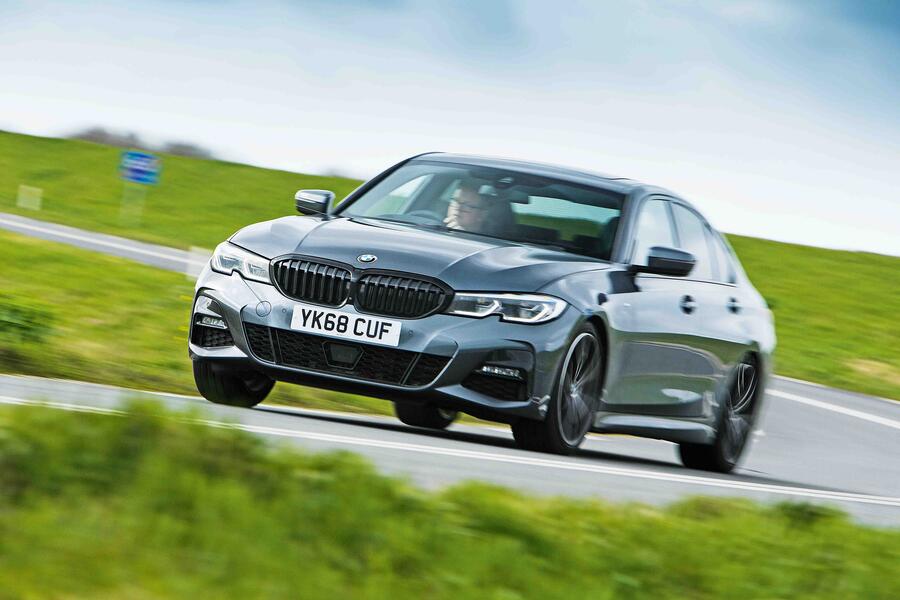
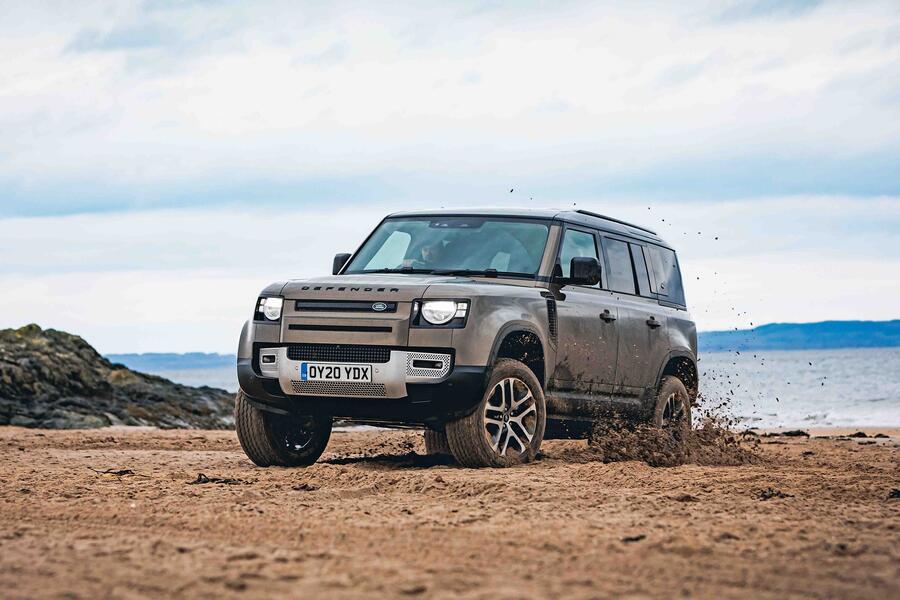
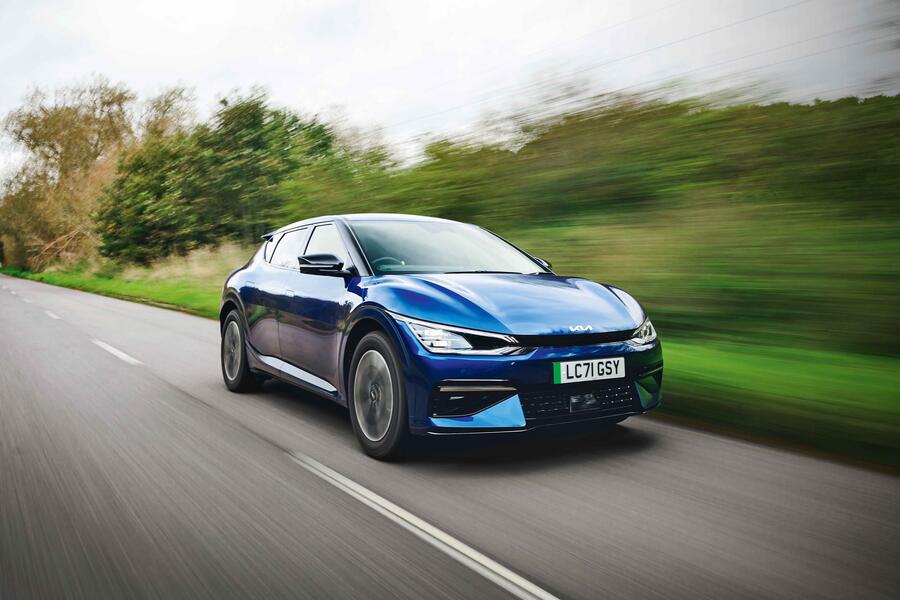


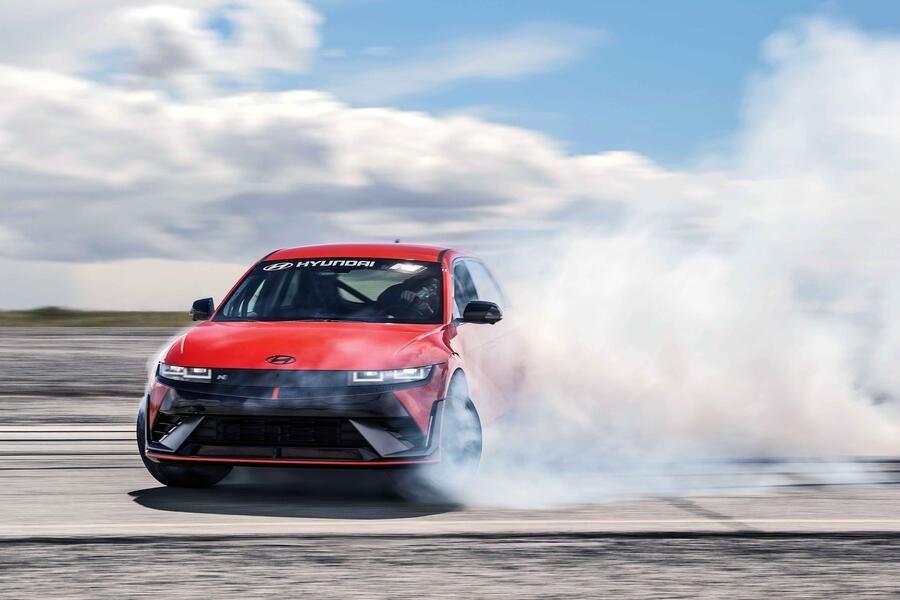



Join the debate
Add your comment
Then ye have the utter tripe that is the VW Golf hypred up to the nines ffs.
Making huge strides over its predecessor in terms of material quality, refinement, athleticism and efficiency, the Mk7 Golf was an expensive-feeling and massively versatile rebuttal to the notion that affordable family cars couldn't be desirable. The Focus, Astra, Corolla and Civic simply could not keep up.
I would prefer any if them other four cars over a dull, boring Golf.
Only idiots buy a Golf when there is the far superior Skoda Octavia from the same group and it was cheaper for a while too. Not much in it now.
So Autocar how about you go and do this list again? This time limiting a person's budget to £35,000 from 2000 adjusted for inflation up to whatever the equivalent is now probably £50,000.
You seem very angry.
The Mk7 Golf was indeed head and shoulders above the competition - I bought one after trying the others. I thought I was going to buy an Octavia, but while there were loads of similarities, the Golf was a little quieter riding, the steering a little oilier-feeling, the equipment list a little more generous, and the discount more considerable.
£35k in 2000 would be around £67k now.